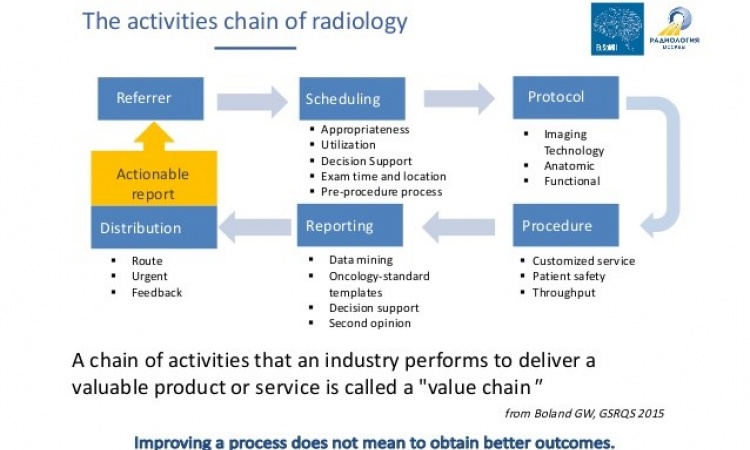Diabetes
THE epidemic of the 21st century
According to the International Diabetes Federation (IDF) in recent decades the development of diabetes mellitus (DM) warrants the conclusion that this is among the most important global epidemics.
Report: Walter Depner

Figures illustrate the dramatic situation: in 2014, diabetes mellitus prevalence in Europe in the 20-79 years age bracket ranged between 15% (highest valuation) in Turkey to 5.5% in the UK (lowest value). Between these end points of the scale are Germany (11.5%), Spain (10.5%) and Austria (9%), Italy (close to 8%), Switzerland, the Netherlands, France and Poland (slightly above 7%) and Belgium and Sweden (around 6%).
In 1994, when an estimated 110 million people suffered from diabetes, the prognosis for 2010 was 239 million patients. However, in 2010 more than 285 million diabetes cases were reported. Three years on, in 2013, the number had risen by almost 100 million to 380 million – a figure epidemiologists expected for 2025. IDF points out that the projections had to be repeatedly revised up; estimates from 2014 expect as many as 600 million diabetes cases by 2035. Ninety to 95% of all diabetes patients have type II diabetes.
A look at Germany illustrates the financial dimensions of this epidemic. Today, an estimated 20% of total expenses of statutory health insurers are incurred for diabetes treatment and its concomitant and secondary diseases: €40 bln yearly – and counting. The root cause of this development is not the list of ‘usual suspects’ – wrong or malnutrition, unhealthy lifestyle, e.g. lack of exercise, overweight, or environmental effects – but the fact that most patients find it far easier to ‘manage’ the disease with medication instead of changing their lives in a controlled and sustainable way. The situation is exacerbated by the fact that, within the past one or two decades, the number of child and adolescent diabetics has risen sharply. IDF estimates that, in Germany in 2007, 15,000 to 20,000 children under 15 had type II diabetes. Since then 2,500 new cases were reported every year, with an annual rate of increase of 4%. IDF assumes a global prevalence among children 0.02 percent, which translates into 450,000 children globally, with an annual increase of about 3%.
Some European figures illustrate the problem: the highest incidence of type I diabetes in children under 15 years of age is found in Finland, with close to 58 cases per 100,000 inhabitants. The lowest figures were reported in Romania with 5.5 cases. Further countries reporting high incidence rates are Sweden (approx. 43 cases), Norway (32 cases), UK (29 cases), Germany (22 cases) and Spain (20.5 cases). Switzerland, France and Italy reported between 12 and 13 cases per 100,000 inhabitants. While DM diagnostics is ever more efficient and precise, and applied at an earlier age, it can and has to be the basis for intensive research of all relevant causes and issues that surround the disease, accompanied by better, more effective and earlier prevention covering a broad range of leverage points from physical education in schools to nutrition.
An initiative by a group of scientists who want to explore basic health research questions in a national cohort is a step in the right direction. They will, for example, question the effect of lifestyle on diabetes risk. The team plan to examine 200,000 people between 20 and 69 years in 18 centres all over the country, and collect data on their lifestyle. The aim is to improve prevention, early detection and treatment of chronic diseases such as diabetes, cancer, pulmonary and cardio-vascular diseases.
Every fifth participant will be administered an oral glucose tolerance test (OGTT) for early detection of diabetes. Experts assume that, despite all the well-known data, by far not all people suffering diabetes mellitus are diagnosed. A significant number of unreported and/or undetected cases is expected.
30.06.2015











